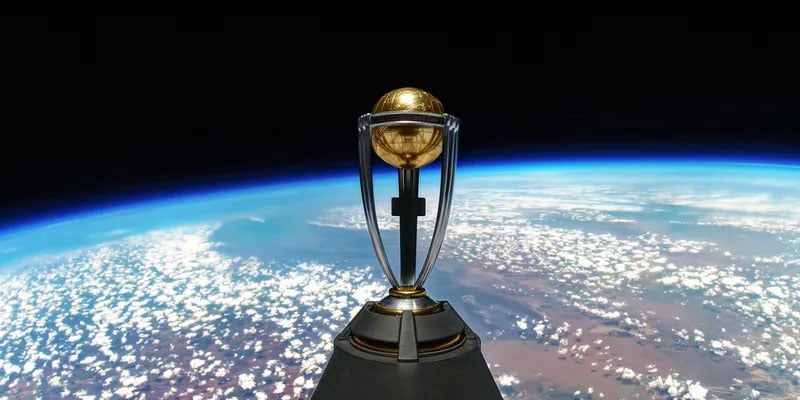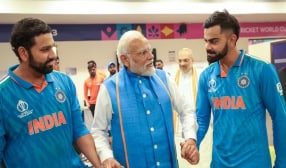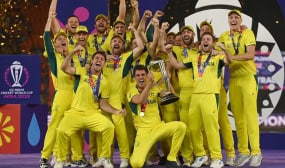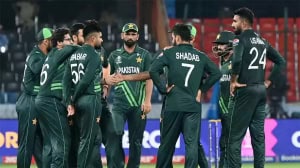The war between 10 teams of the world to win the Cricket World Cup 2023 trophy is starting from October 5.
For the next month and a half, players from 10 countries will dream of winning this biggest prize in world cricket.
Contrary to the 20-over version, the tournament only occurs once every four years, giving it an added air of grandeur.
On November 19, we’ll find out which side triumphed and who will take home the ODI trophy, which has its own fascinating backstory.
The World Cup trophy has it ever been the same?
The first three editions of the 50-over World Cup were all played in England. The competition began in 1975. Then, it was known as the Prudential Cup, after the primary sponsor, an insurance company.
In 1987, the competition left the UK, and each successive edition included a different sponsor and trophy. The International Cricket Council was unable to produce its own trophy that would be awarded to each winners until 1999.
Prudential World Cup in 1975, 1979, and 1983
The initial World Cup trophy was made with a straightforward style that was similar to the Wimbledon men’s championship medal. The Prudential Cup, which bears the name of the tournament’s sponsors, Prudential Insurance, was won by the first three World Cup champions, who competed in the UK. At the Lord’s Cricket Museum, the trophy is now on display.
Reliance World Cup, 1987
For the first time, the tournament left England and made its way to the subcontinent, the beating centre of the sport. Reliance Industries provided sponsorship for the World Cup.
Australia received a gold-plated, diamond-studded trophy as their prize. According to reports, the trophy originally cost about 600,000 Indian rupees at that time.
Benson & Hedges World Cup, 1992
Perhaps the most exquisite World Cup trophy ever created. The Waterford crystal trophy featured a beautiful globe on a hardwood base, along with the logos of each of the nine participating teams.
According to reports, the trophy cost about £8,000. It is currently situated at the Lahore-based National Cricket Academy.
Wills World Cup, 1996
Three countries—India, Pakistan, and Sri Lanka—hosted the event as it returned to the subcontinent. The most elaborate World Cup trophy was won by Sri Lanka after they easily defeated Australia in the final in Lahore.
ICC World Cup, 1999–present.
The global governing body ultimately opted to use just one trophy for all future winners. A golden globe is supported by three silver columns in the new design, which represents a ball and three stumps. On the base of the trophy, the names of former winners are inscribed.
The ICC keeps the original trophy that was made in 1999 and won by Australia. The winning team received a replica.
The trophy is 60 cm high, 11 kg in weight, and constructed of silver and gold. Various estimates place the value of the trophy’s precious metals at roughly $30,000.
World Cup 2023: Live streaming and broadcasting details for cricket fans in UK














